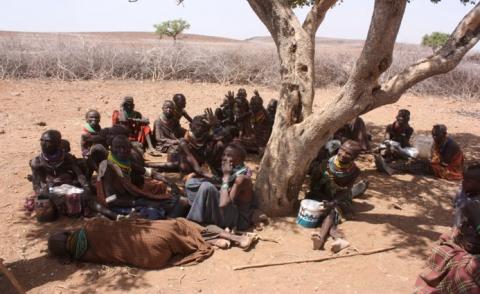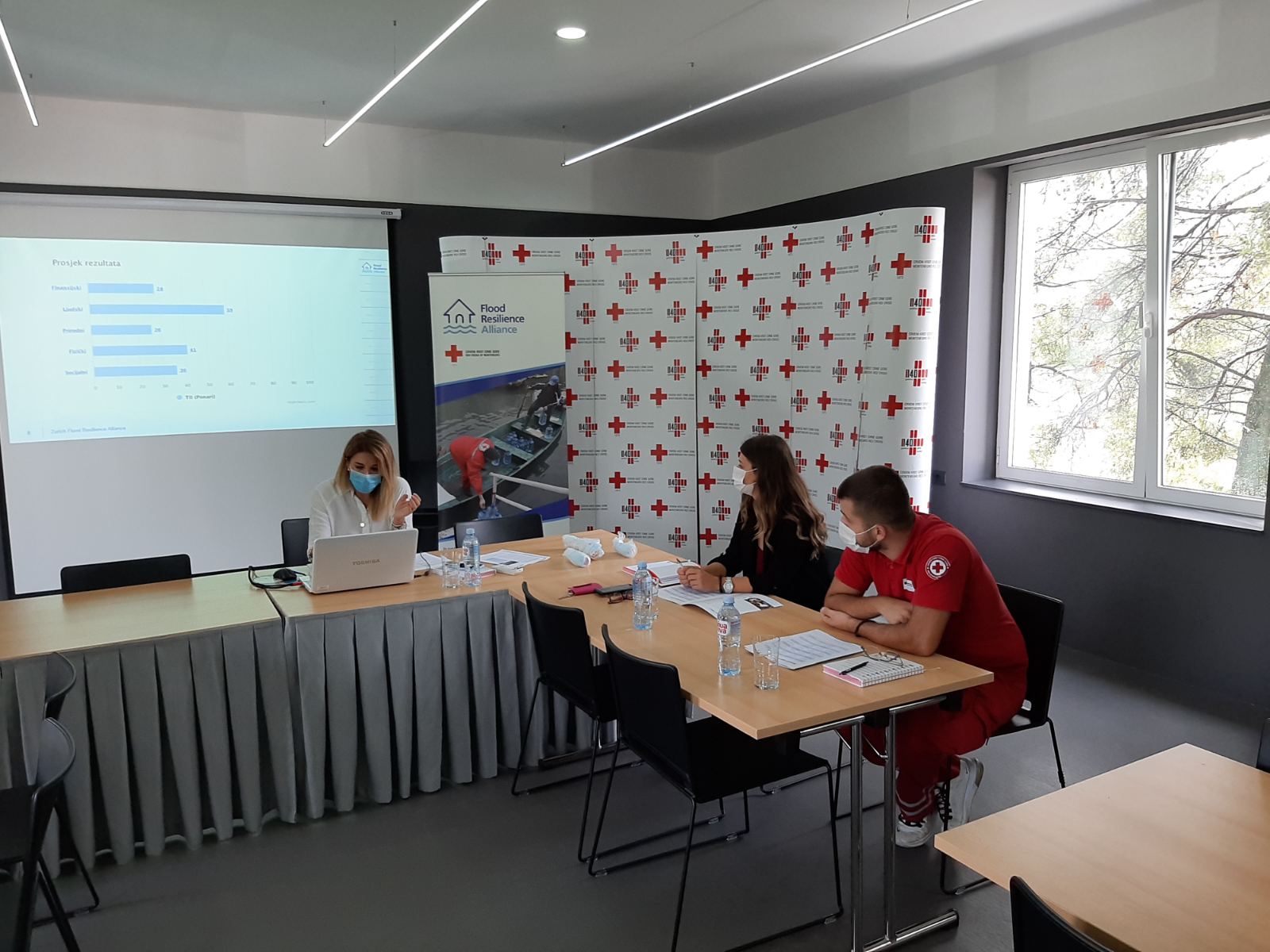Using Maps to Prepare in Uganda
The use of mapping technology can enhance preparedness activities by helping Red Cross national societies and other partners visualize hazards and risk factors.
In the towns of Lira and Gulu, Uganda, where the majority of residents live in thatched-roof huts, fire is a common hazard. Here digital maps are being used to help prepare for future fire emergencies by pinpointing most at-risk areas.
In Lira, the buildings are built so closely together that a small fire can quickly escalate into a major disaster as commonly used construction materials like straw and wood can fuel flames. The town also lacks its own fire department. In neighboring Gulu, emergency responders face equally daunting circumstances as they are often hindered by a lack of planning capacity because even the largest roads are not mapped out.
In order to help address these risks and enhance preparedness for fires, the Uganda Red Cross worked with the American Red Cross to create digital maps of the towns. Utilizing open data from the collaborative world project, OpenStreetMap, the societies supplemented their information by employing volunteers to walk around the city and collect GPS points directly from the ground. The resulting maps allowed the Uganda Red Cross to then focus its resources on helping the most vulnerable areas – where the concentration of huts, and thus the risk of rapid fire, was greatest. The maps also made clear how streets are laid out so that responders can have better planning in getting to future fires quickly.
Through this experience the Red Cross learned many lessons about using mapping technology in disaster preparedness. One lesson learned was that a lot can be accomplished in using a collaborative platform like OpenStreetMap with the support of many remote volunteers. The Uganda mapping project alone garnered over 100 volunteers to help identify houses and streets. Using open source tools like OpenStreetMap also made it apparent to the Red Cross that maps and technology should be more accessible to users. Advanced mapping software like Geographical Information Systems (GIS) is still the traditional approach as it can result in more sophisticated mapping and analysis, however it’s cost and required training puts a limitation on its use for disaster preparedness projects. The GIS team at the Red Cross is now exploring the use of First Mile Geo, an accessible open source tool that allows organizations to easily digitize and analyze hand drawn notes captured by volunteers on maps printed from OpenStreetMap. These printed maps can serve as ‘starter maps’ for various project activities like participatory assessments where staff members can draw on the maps to identify visible risks or highlight other important areas in the community. Once the maps are updated digitally in First Mile Geo, the information can be accessed and repackaged by anyone using GIS or other digital mapping software.
Examples of maps for preparedness: http://americanredcross.github.io/Mapfolio/
Lessons Learned :
- Mapping community regions can help improve the effectiveness of preparedness programs by helping to target the most at-risk areas.
- While in this example, the maps focused on the location of huts, maps can also help communities and organizations identify assets (such as churches, schools and evacuation routes) that may be most at-risk or be use as part of a community’s contingency plan.
- Free open source tools that allow for simple digital mapping and analysis can help strengthen decision-making in disaster preparedness programs without requiring added financial or technical resources.
Supporting Materials :



